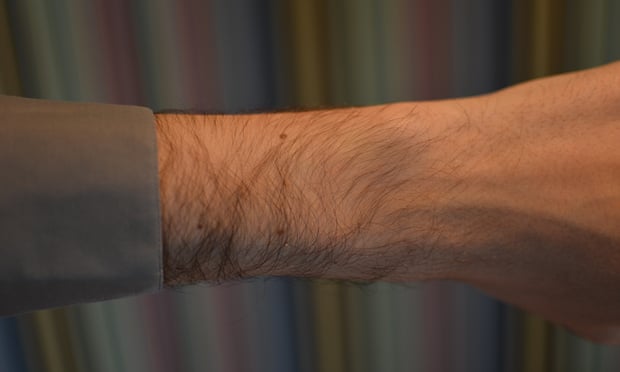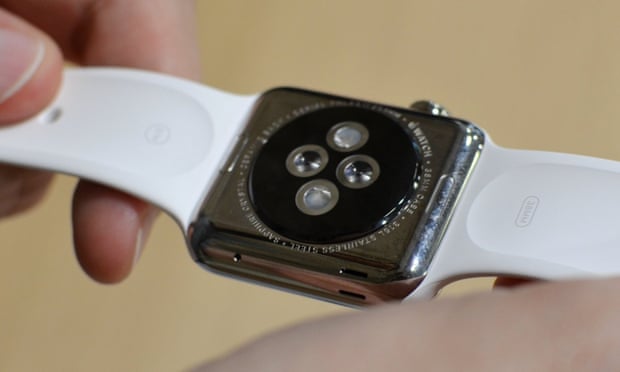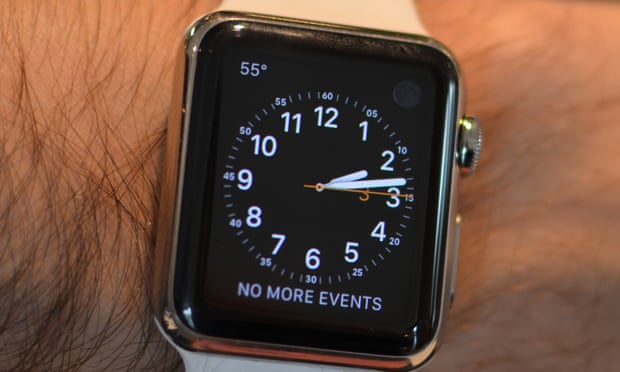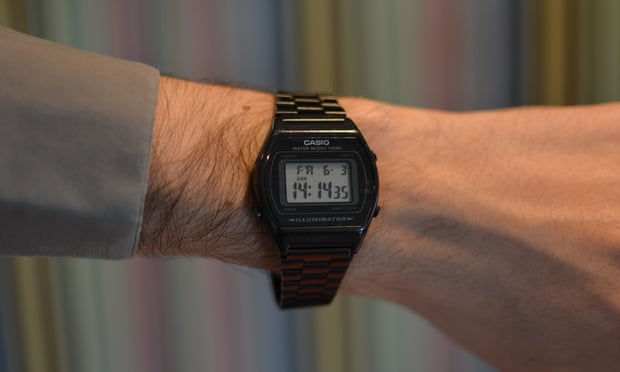Nintendo talks mobile gaming, VR and its future at E3
In a show dominated by VR, Nintendo constructed a wholly impressive shrine to the open world adventure, a high-walled to-scale model of Hyrule, complete with changing weather patterns triggered by Nintendo employees via switches on the ground. NX, the company’s forthcoming mystery console, hardly received mention as the company altogether eschewed a keynote presentation, instead devoting its daylong Treehouse Live stream to the new title.
“We announced about a month ago that it would be a Zelda only game for us. And we also announced that Treehouse Live would be the primary way that we communicated with the public,” Charlie Scibetta, the company’s Senior Director, Corporate Communications told TechCrunch, standing against a balcony in the company’s booth overlooking the temporary Hyrule. “There’s always speculation at a show like E3, but for us, we stayed true to what we intended to do.”
The exec added that while this year’s E3 presence marks a notable shift from past presentations, it doesn’t represent a new precedent moving forward. “Every year we look at it fresh and don’t think about what we did the year before,” Scibetta said. “It’s about what we want to talk about this year and how we want to get the word out. For future years, it could be an execution like we did this time, we could go back to a presentation, we could do more Treehouse Live, we could go to a digital event, we could do something new.“
This year’s E3 felt transitional in many respects. For most that means a huge push toward virtual realities. Inside the company’s sky-high walls, however, immersion has a distinctly Nintendo tone, as a huge Bokoblin points a bow and arrow atop a rickety watch tower. Nintendo certainly hasn’t been afraid to experiment with different form factors, even dipping its toes in the waters of VR in the mid-1990s with the extremely short-lived and red-hued Virtual Boy. It’s easy to see how the company might be wary leaping full force back into the virtual waters.
“We’ve had ups and downs and ebbs and flows when it comes to what works,” Scibetta said when asked whether the failed mobile console has made the company reluctant to embrace the current VR trend. “Certainly motion control worked on the Wii. We have the gamepad going right now on the Wii U, that’s a great way to interact with two different screens. We have 3D with our handhelds. We have Amiibo, that’s a great way to interact with games. We try different technologies, but it comes down to what’s right for the game. We wouldn’t do it because it’s a gimmick, we do it because it enhances gameplay and brings something to the consumer that they weren’t getting otherwise. “
That’s not to say that Nintendo has failed entirely to embrace prevailing trends. After what might be regarded as either reluctant hesitation or measured forethought, the company finally dipped its toes into the mobile space with the social app Miimoto earlier this year, with more titles based on popular franchises like Pokemon and Animal Crossing coming soon.
Scibetta explained that the company doesn’t regret not getting into the space sooner. “What we’re trying to do with mobile is introduce a whole new generation of people to our IP,” the exec said. “They can have a great time playing on their smart device, and if they like what they get there, they can also come over to our more dedicated systems like Nintendo 3DS or Wii U. There are so many phones and tablets out there that we didn’t want to pass up on that opportunity anymore. We didn’t do it up until the point that we did because we wanted to make sure we picked the right IP. And one of the things Nintendo always wanted to do was make sure the control scheme worked for the software.”
source: techcrunch







